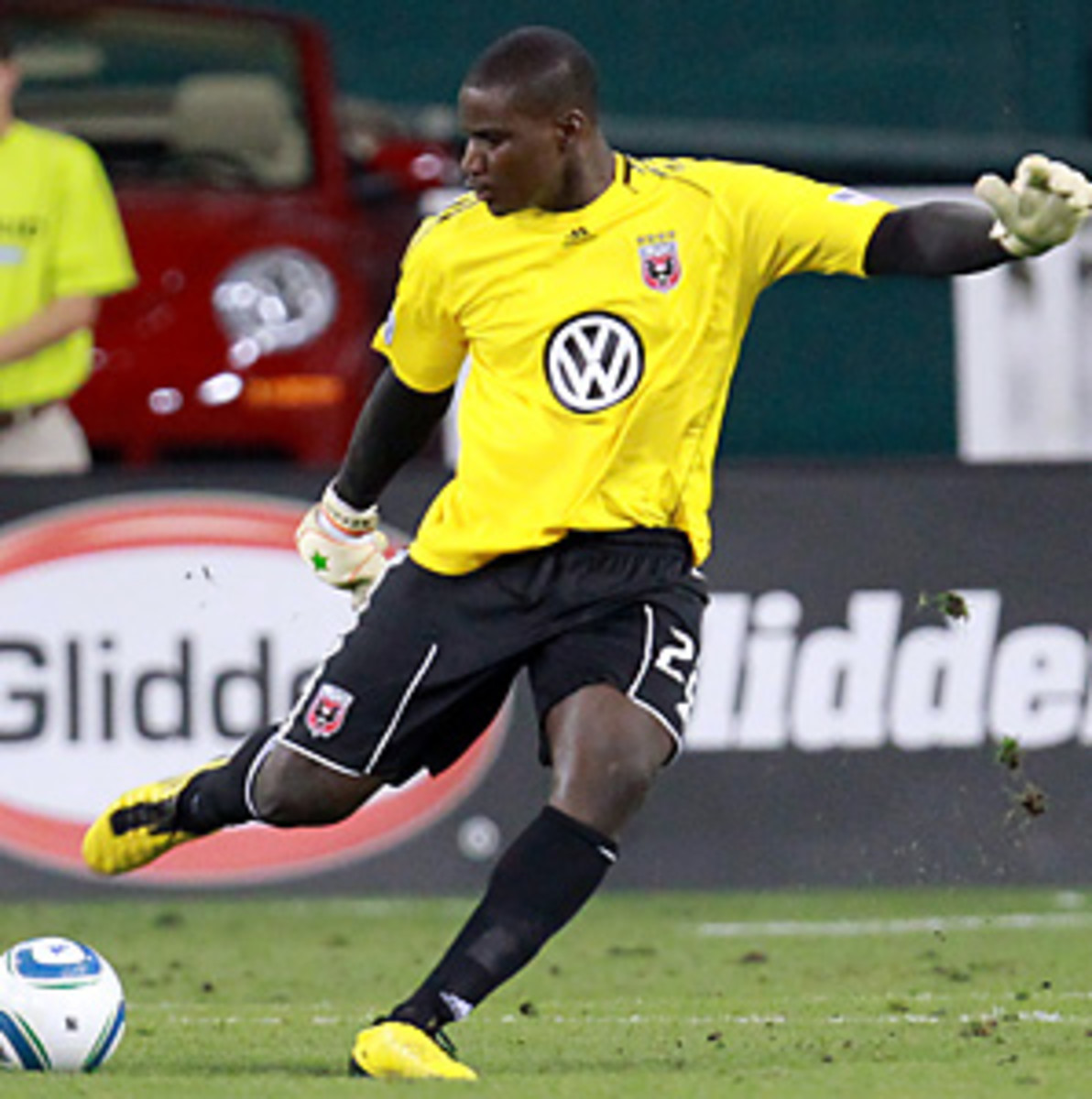Development of home-grown players the way forward for MLS
The youth club soccer system in the United States far too often manifests itself as a dastardly collection of money-grubbing coaches concerned only in convincing affluent parents that they are worthy of their ridiculous salaries.
Fortunately for the development of elite American soccer talent a larger more powerful monster of enterprise is gobbling up the best young players.
Yes, it may sound like priorities run amok but elite young players will be better served by joining up with the ranks of Major League Soccer Academy teams. In fact, the "Home Grown rule" is more significant in improving the quality of play in Major League Soccer than the "Beckham rule" ever will be.
In November 2006, MLS launched its Home Grown Player initiative, which allows the clubs to sign four "HGPs" each year as long as the player is registered with the club for 12 months.
This season MLS rosters were expanded to 26 players to allow for two additional HGP spots.
D.C. United (3), New York (2), Houston (2) and Chivas USA (2) have all signed multiple HGPs, while clubs such as Seattle or New England have yet to produce their own players.
FC Dallas sits at the forefront of the Academy program having signed four of the 18 HGPs now in the league.
"I love the Chivas-Guadalajara model of having players all from Mexico," FC Dallas owner Dan Hunt said. "Will FC Dallas ever be 100 percent players from the (Dallas-Fort Worth) Metroplex? I don't think so, but we can have a large number of home-grown players here."
Hunt proposes an intriguing marketing tool to brand a club specifically with a local angle. However, the vision doesn't stop there.
Hunt has already engaged in preliminary meetings with the Frisco Independent School District (FISD) about setting up class schedules for a residency program. This move would allow teenagers to live in dorms at Pizza Hut Park and attend classes in the Frisco public school system.
It should be noted the FISD contributed $10 million of the $85 million it took to build Pizza Hut Park (which opened in 2005) and the surrounding 17 fields. In exchange, the high school football teams utilize Pizza Hut Park in the fall.
FC Dallas also enjoys a partnership with Brazilian club Paranaense, which boasts a top-notch youth academy highlighted by dorms and nutrition programs for the young players. Hunt admitted this system provided an influence on the academy commitment of his club.
One significant benefit of this system is that it takes the prohibitive economics out of the youth soccer picture, which has morphed into a "country club" only portrait.
MLS clubs now benefit from developing the player. Youth clubs chart success solely by building robotic formations and teams that are smothered by getting results rather than individual flair or creativity. After all, the youth club parents are paying for wins or soccer scholarships rather than the beautiful game.
MLS clubs will be footing the bill for the academy players rather than their families.
Hunt is a product of the North Texas system so he's seen the best and worst of a system that every year turns closer to the inmates running the asylum.
"There's been a huge socioeconomic disconnect which is not fair," Hunt said. "... It's a shame that a boy or girl shouldn't get the opportunity to play because they can't afford it."
Players trained in the professional team's camp provide a far superior scouting mechanism than the luck involved in pulling players from the MLS SuperDraft. In fact, in the coming years smart clubs will no longer place such a premium on the boom or bust nature of the draft.
This is another reason why the "Home Grown" rule is so significant.
Sure the designated player rule brings in hired guns to hawk some jerseys and sell a few thousand extra tickets. However, a two-year stint by a past-their-prime marquee name does little to develop the overall quality. It's the American player that must get better to provide the foundation. They'll improve far greater in a residency environment than on a college campus, where soccer becomes a second or third priority.
Certainly, there are dangers with signing players too early as the Freddy Adu experiment proved all to clearly. Adu was overhyped by the league, and the non-soccer savvy media. He was thrust into first team action far sooner than he was ready. Now, he's bumped around from club to club having never reached the summit that others claimed he could find.
FC Dallas' Ruben Luna has been in the FC Dallas Academy since it began by turning the pre-existing Dallas Inter club into what is now the FC Dallas Academy.
Luna, 18, grew up cheering for the Dallas Burn, which was re-branded as FC Dallas when Pizza Hut Park swung open in 2005. His only avenue previously was to slog through college and hope to be drafted by his hometown team.
Instead he has spent the past few years under the tutelage of the brilliant Colombian Oscar Pareja, which provided a far stronger soccer education than any university can provide.
"It's a blessing," Luna said. "I feel like God had a plan. It's too much of a coincidence that the academy started with my Inter squad. Everything was working in my favor and its an amazing feeling as far as being a part of the first group."






